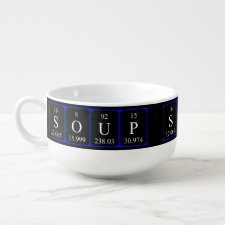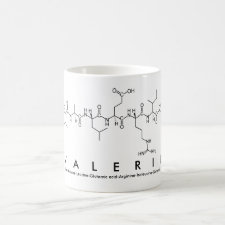
Authors: Le Moullec S, Begos A, Pichon V, Bellier B
Article Title: Selective extraction of organophosphorus nerve agent degradation products by molecularly imprinted solid-phase extraction.
Publication date: 2006
Journal: Journal of Chromatography A
Volume: 1108
Issue: (1)
Page numbers: 7-13.
DOI: 10.1016/j.chroma.2005.12.105
Alternative URL: http://www.sciencedirect.com/science/article/B6TG8-4J5C7NK-2/2/b0c9d900559f55a52f51f874a6cbfbc3
Abstract: The analysis of alkyl alkylphosphonic acids, the degradation products of V and G nerve agents as VX, Sarin or Soman, is an important task for the verification of compliance to the Chemical Weapons Convention. The detection of these contaminants at low concentration levels is often difficult in complex matrices due to the amount of interfering substances. Molecularly imprinted solid-phase extraction technique should allow a selective extraction of these compounds from complex samples, and thus make their detection easier. Two molecularly imprinted polymers (MIPs) prepared with methacrylic acid (MAA) as monomer and pinacolyl methylphosphonic acid (PMPA) as template molecule were synthesised and tested. The first polymer, MIP A, was prepared with ethylene glycol dimethacrylate (EGDMA) in dichloromethane. The second polymer, MIP B, was synthesised using trimethylolpropane trimethacrylate (TRIM) in acetonitrile. To evaluate the selectivity provided by these MIPs, the retention of the ethyl methylphosphonic acid (EMPA) target molecule was studied in parallel on a non-imprinted polymer (NIP). While MIP A does not show any difference compared to NIP A, a good selectivity was obtained for MIP B. After the optimisation of the extraction process, 60% of EMPA can be removed from the NIP B without affecting the retention on the MIP B. A recovery of extraction of 93% was then obtained on the MIP B. Its capacity was then measured and corresponds to 97 μg of EMPA per gram of MIP. Finally, the selectivity of MIP B was clearly demonstrated by applying it to the clean-up of a soil extract spiked with EMPA
Template and target information: pinacolyl methylphosphonic acid, PMPA, ethyl methylphosphonic acid, EMPA
Author keywords: Molecularly imprinted polymers, organophosphorus, Nerve agent, environment, Solid-phase extraction, Phosphonates



Join the Society for Molecular Imprinting

New items RSS feed
Sign-up for e-mail updates:
Choose between receiving an occasional newsletter or more frequent e-mail alerts.
Click here to go to the sign-up page.
Is your name elemental or peptidic? Enter your name and find out by clicking either of the buttons below!
Other products you may like:
 MIPdatabase
MIPdatabase









